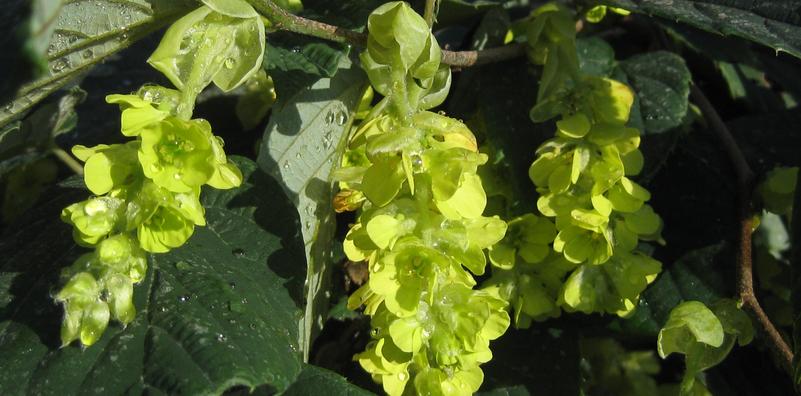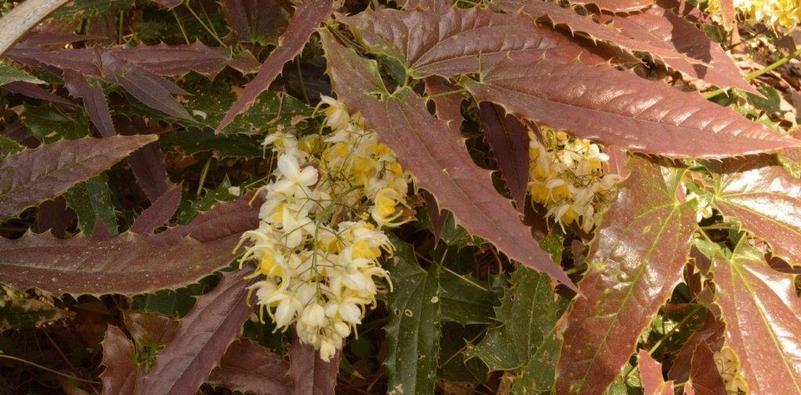Golden, Like Daylight
We’ve made it. The unofficial beginning to spring rides in at midnight, signaling longer sunlight hours and promising warmer days ahead. Snowdrops hang their nodding white flowers in silent agreement, while daffodils, tulips, and the rest of the bulb world are at the precipice of their annual exhibition. Some of the first crocuses are starting to appear, meaning true springtime isn’t far behind. Meanwhile, the most discerning horticultural eyes are able to discern the fattening of foliar and floral buds on woody shrubs and trees, the perking-up of evergreen groundcovers and shrubs, and even the emergence of some insect companions.
Nature is waking up and beckoning us to follow suit. Some of the first colors of the season are bright, sunny yellows, appropriate for the return of longer daylight hours and golden afternoons. This is evidenced in the popular and fragrant Edgeworthia chrysantha, winter-flowering, trailing shrub Jasminum nudiflorum, and even some of the less-popular (read: annoying) species such as lesser celandine.
What about some of the less conspicuous yellow-flowering signifiers of springtime? There’s something quite precious about a plant that encourages closeness in order to appreciate its flowering structures. For example, the tiny, charming and slightly disarming blooms belonging to various Epimedium selections. Currently in production, Epimedium wushanense ‘Sandy Claws’ is in the process of unfurling floral buds alongside new foliage and will soon offer a magical display of wine red and green triangular foliage underpinned by dense but delicate clusters of creamy white-to-lemon yellow flowers reminiscent of a fantasy landscape in a faraway land.
The Epimedium genus is filled with an endless multitude of varieties, each otherworldly in their own unique way, incomparable in shape, form and color to the other dry shade perennials and shrubs they share their spaces with. Perfect for rounding out the epimediaphile’s empty garden spaces, and equally a wonderful Epimedium for a beginner looking to embark and expand their own collection.
In the vein of somewhat obscure, intricate yellow flowers that invite inspection, ornamental Corylopsis species are also getting ready to pop their dangling clusters of yellow blooms. Pendulous and swaying like silent wind chimes in gentle breezes, the flowers of Corylopsis veitchiana and Corylopsis spicata (pictured in all above except for image with wooden background, branches, buds, which is C. veitchiana) resemble elaborate paper lanterns and invite passersby to lightly embrace the delicate floral structures as though they were downturned cat tails.
On the other end of the spectrum, overtly floriferous shrubs such as Hamamelis x intermedia ‘Arnold Promise’ boast large, lemony, fragrant flowers that stop garden visitors in their tracks. Even some of the showiest Hamamelis blooms pale in comparison to those of ‘Arnold Promise’ witch hazel. The upright, vase-shaped habit and fantastic garden performance of Hamamelis x intermedia ‘Arnold Promise’ helped it to acquire the Award of Garden Merit by the RHS in 1993, making it now a 30+ year veteran as a preferred shrubby selection.

Corylopsis spicata

